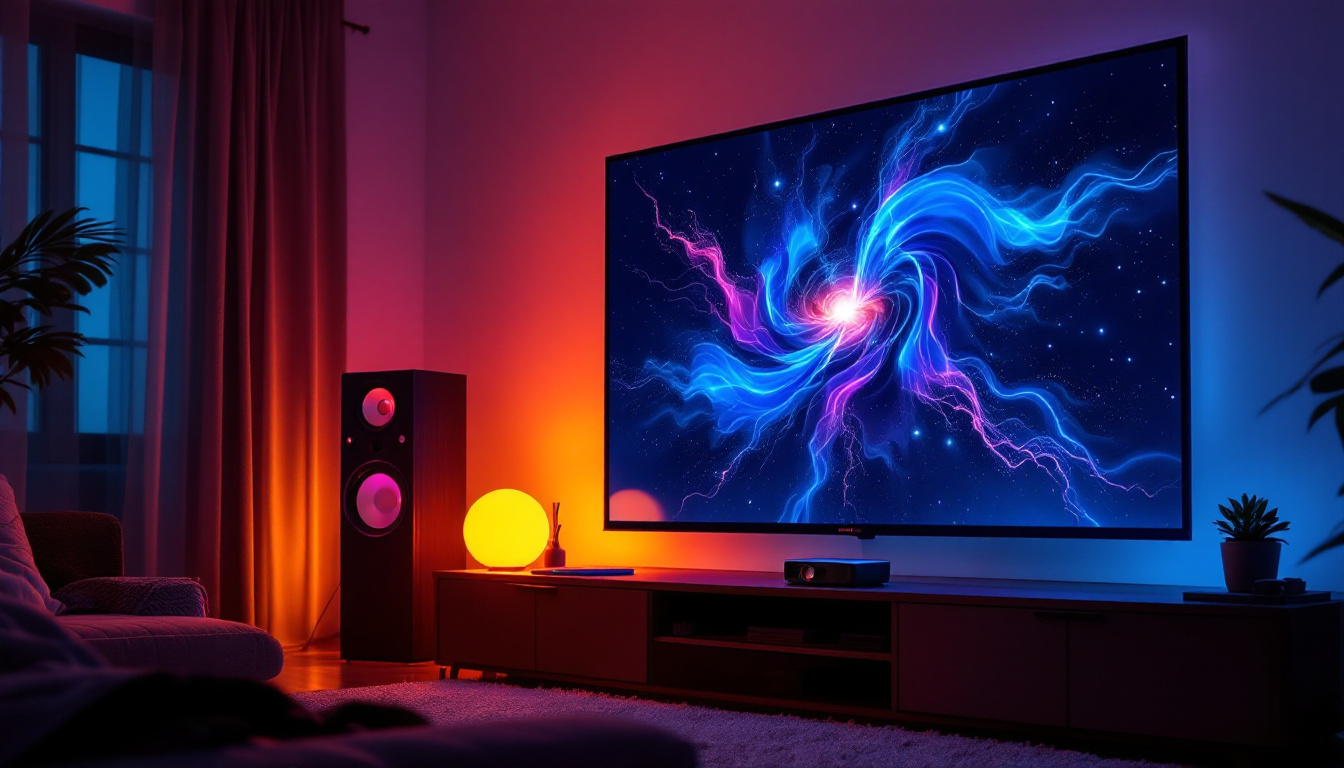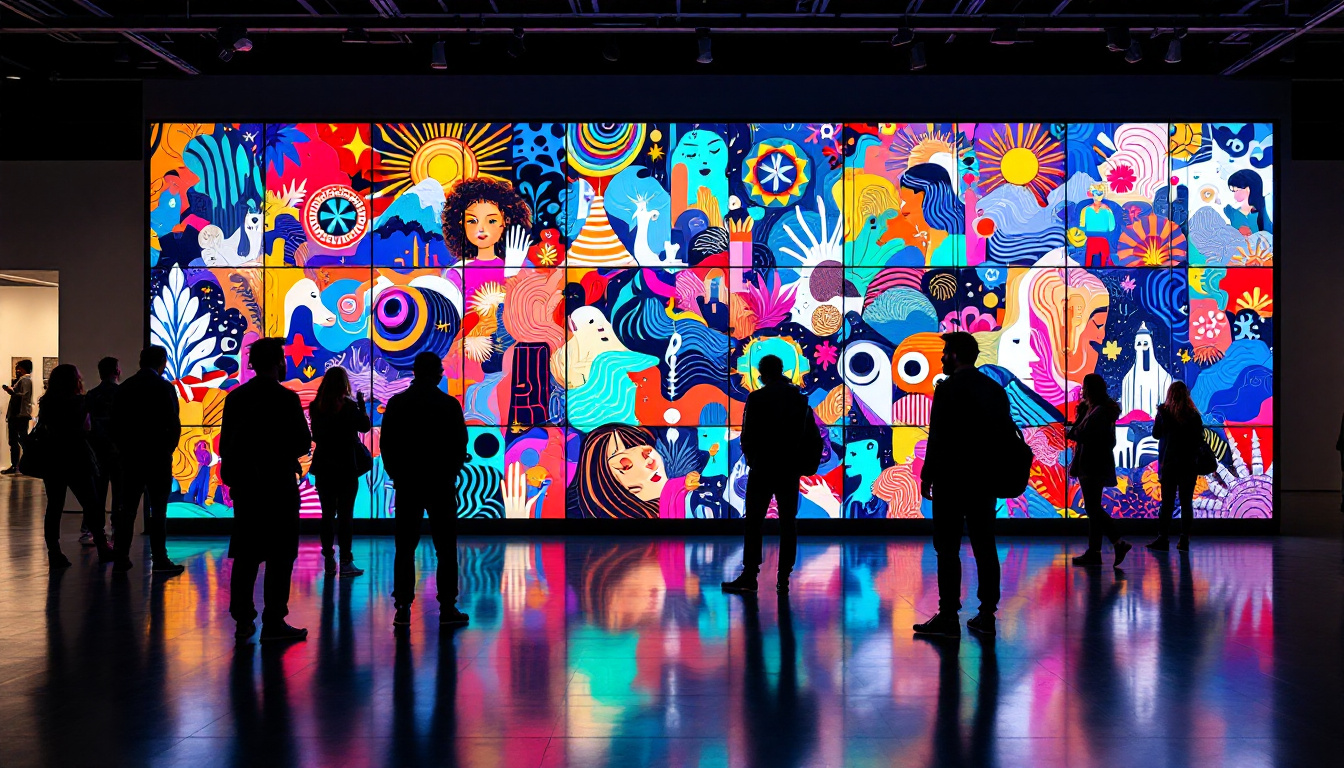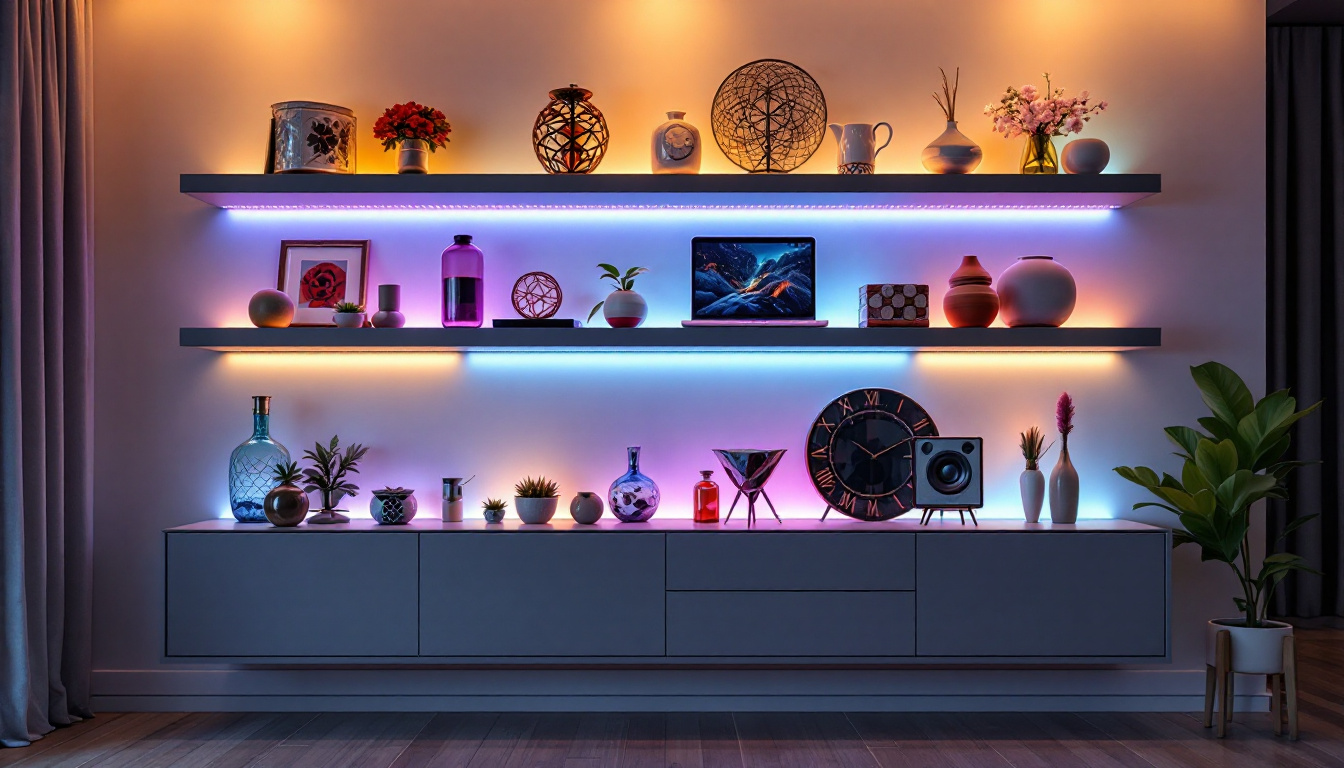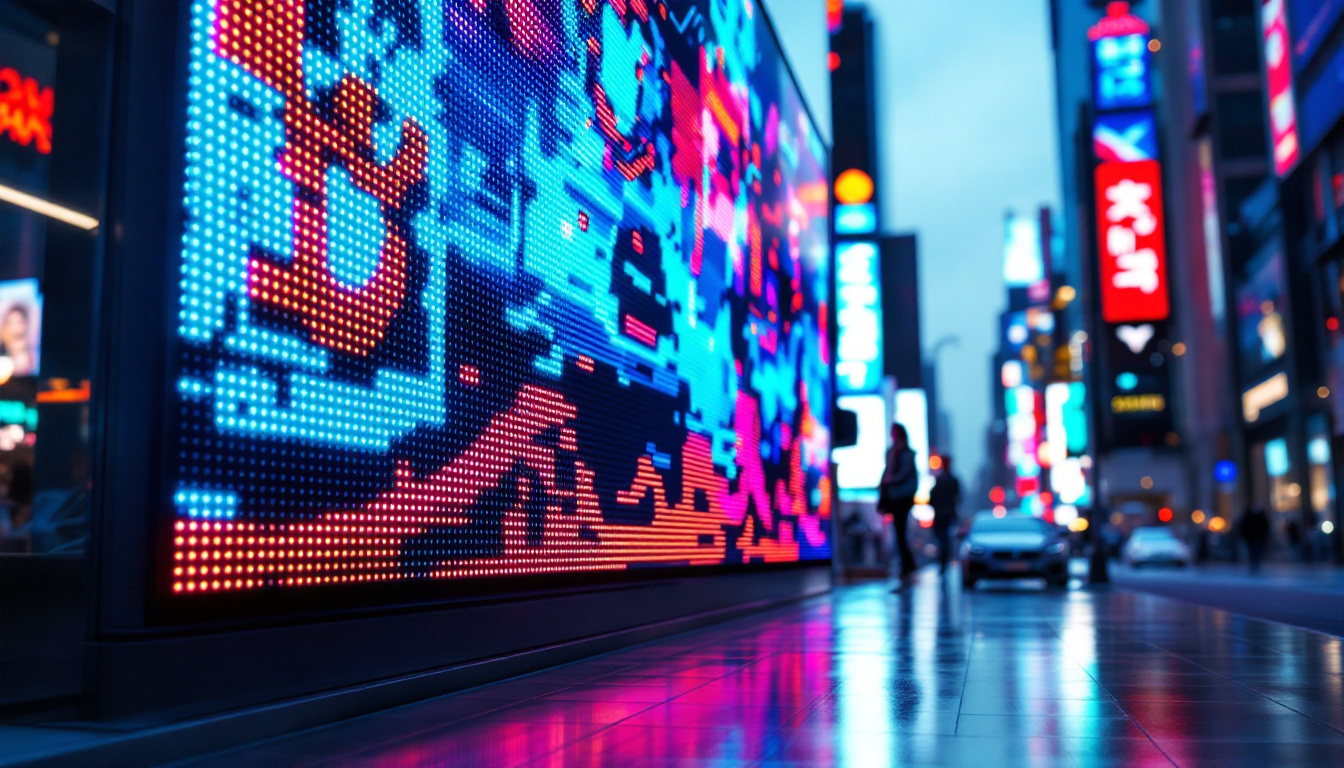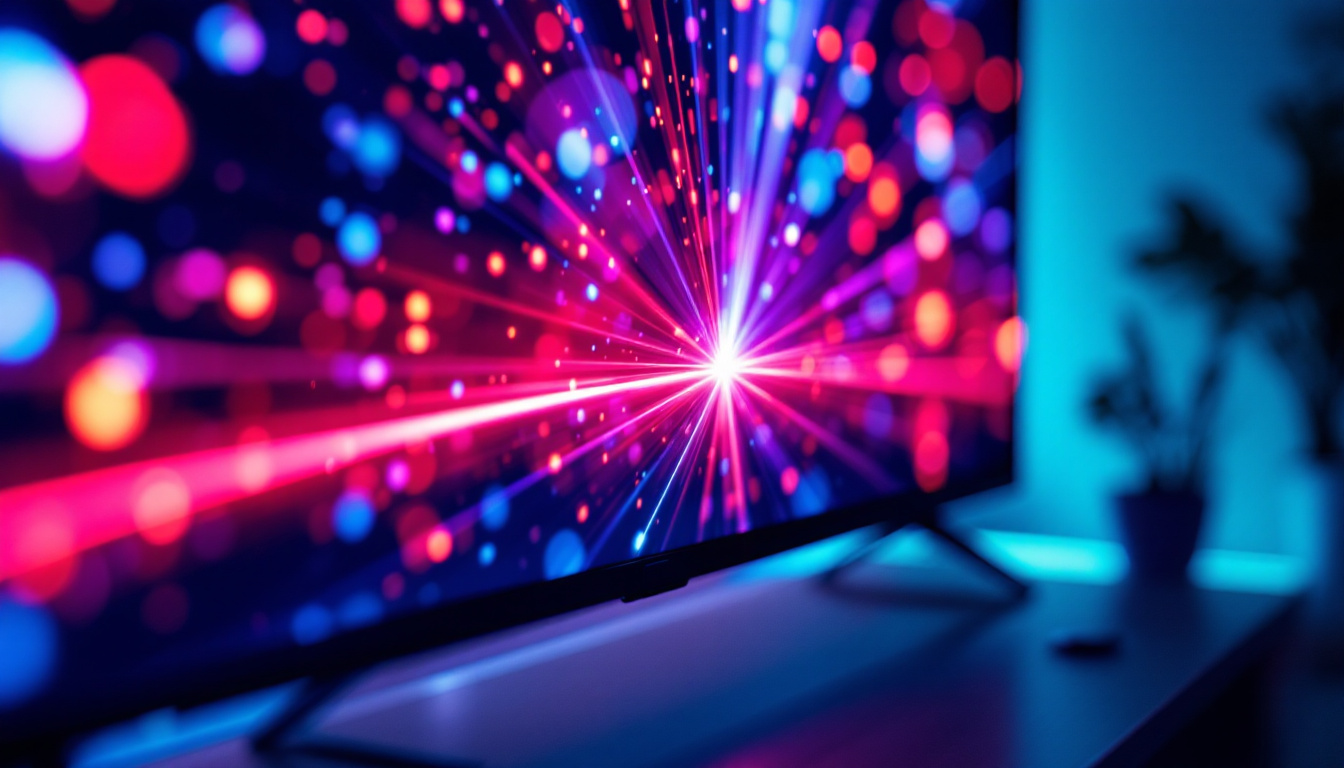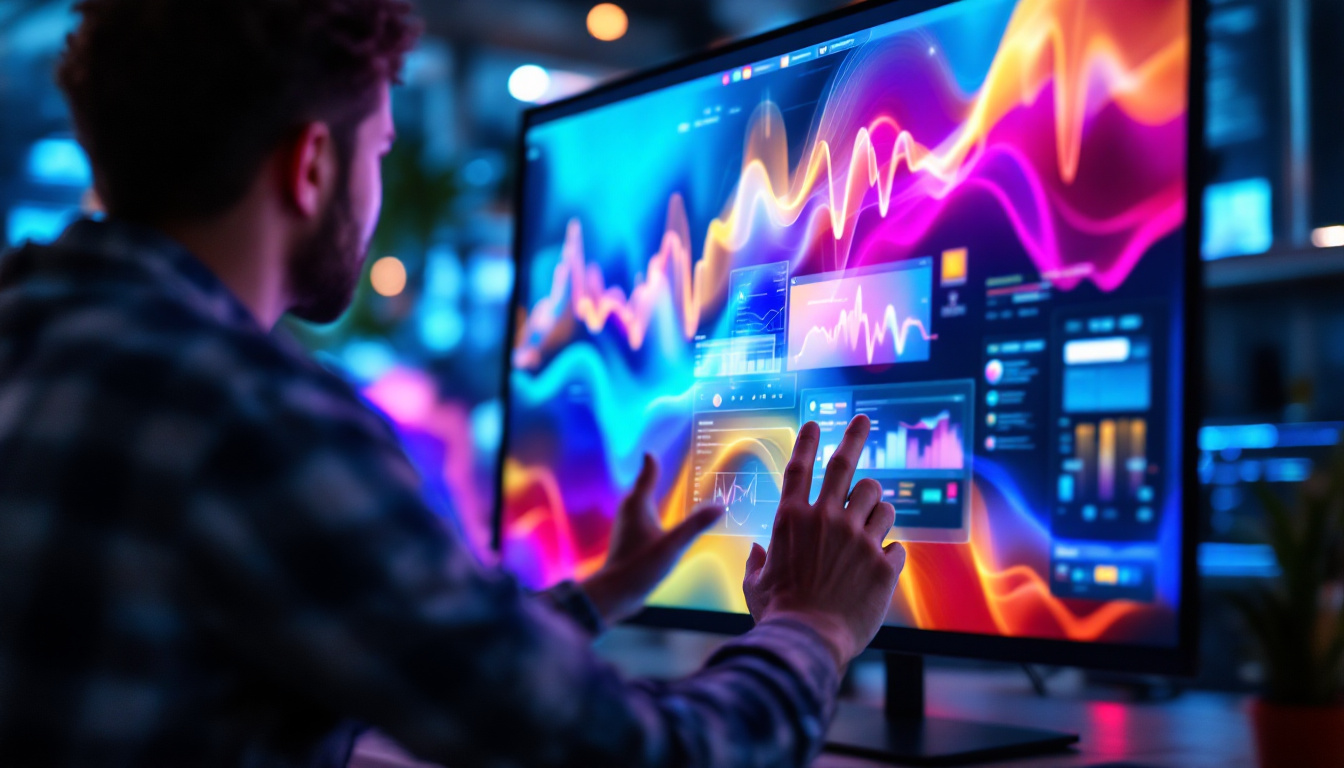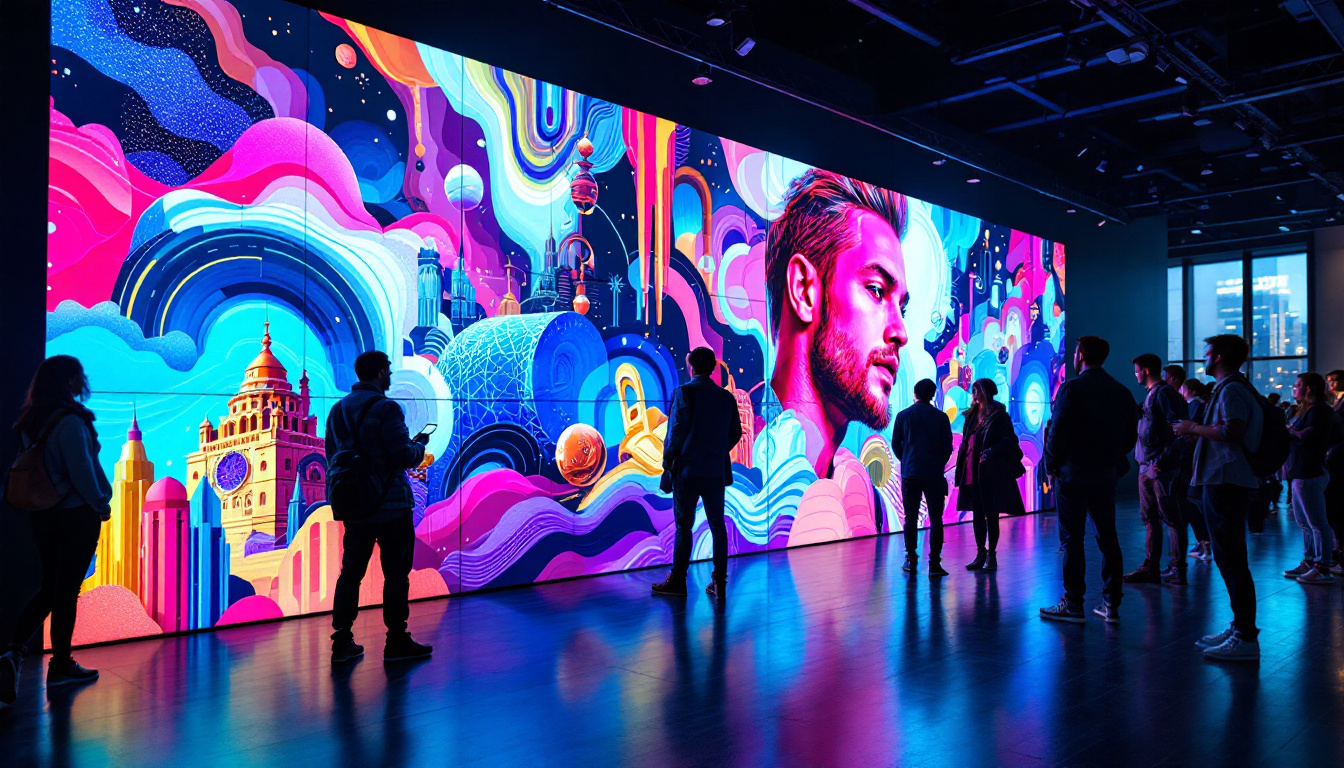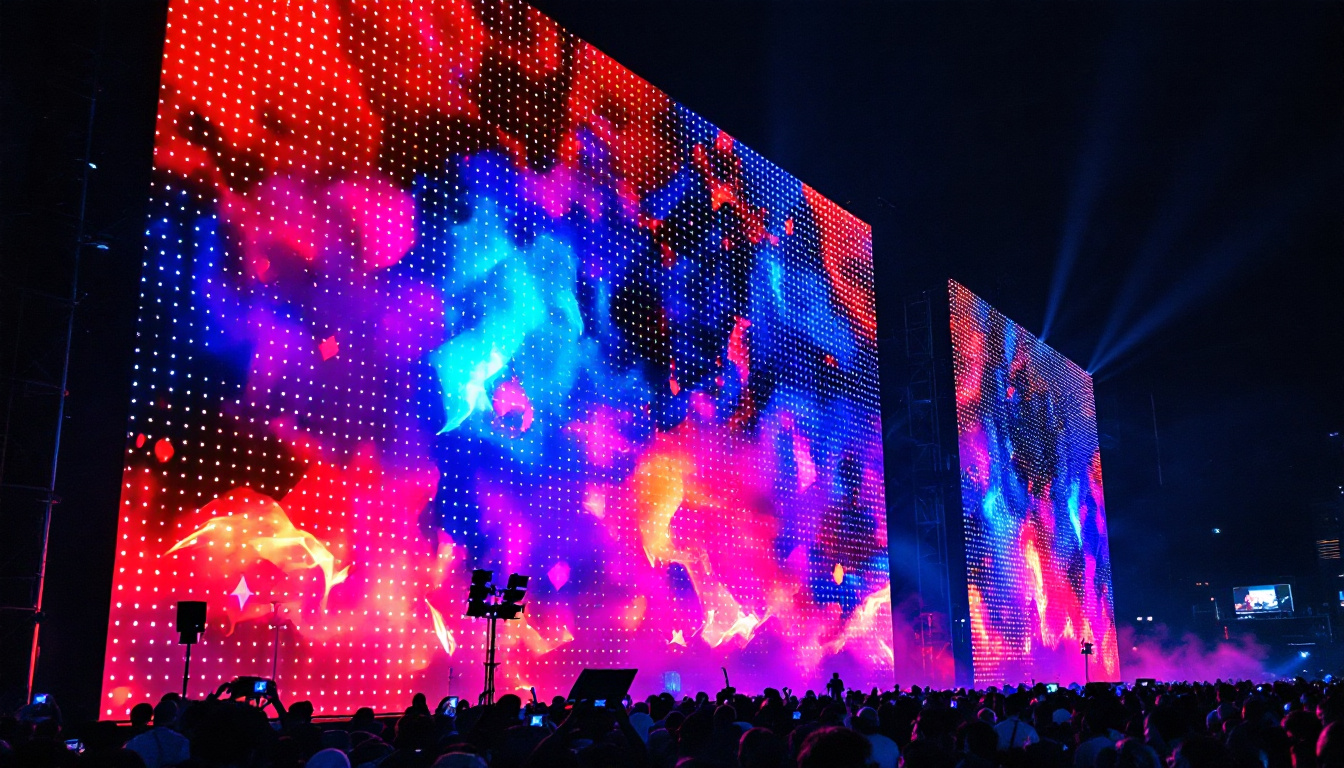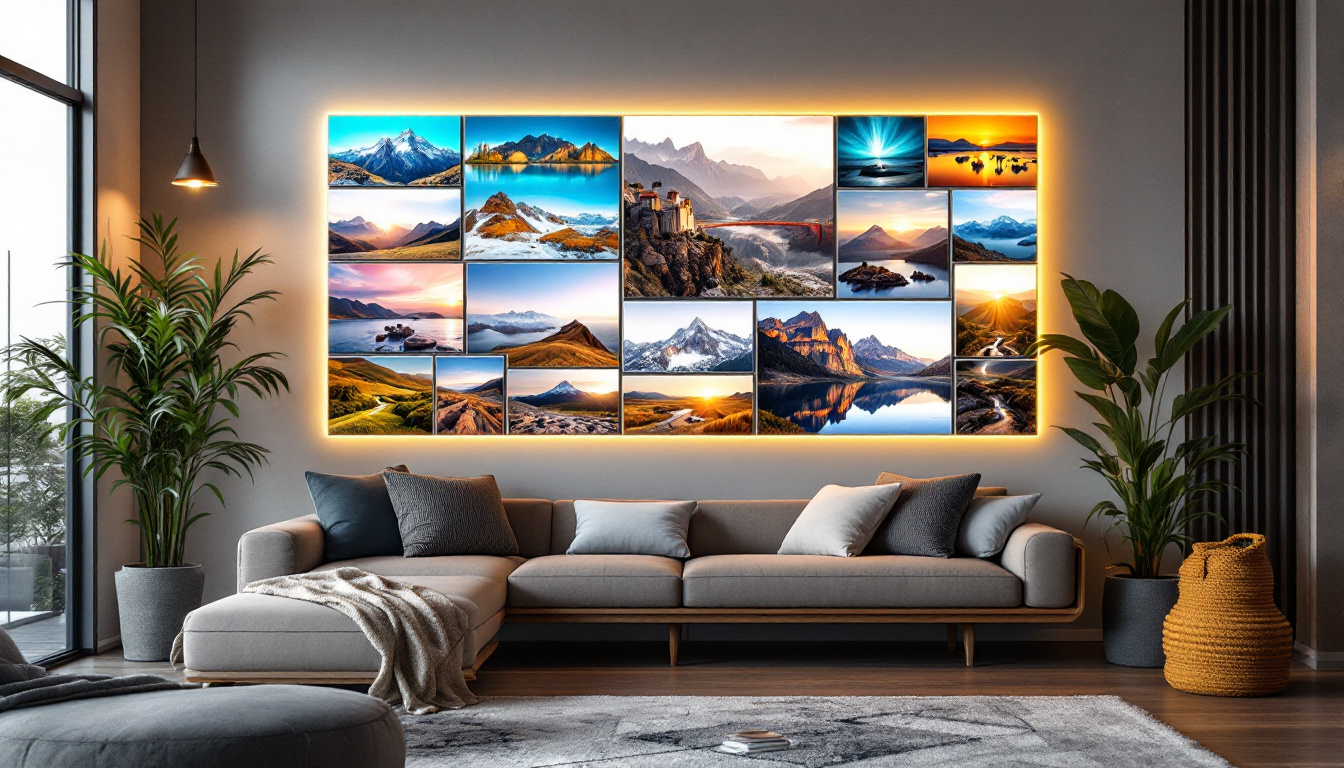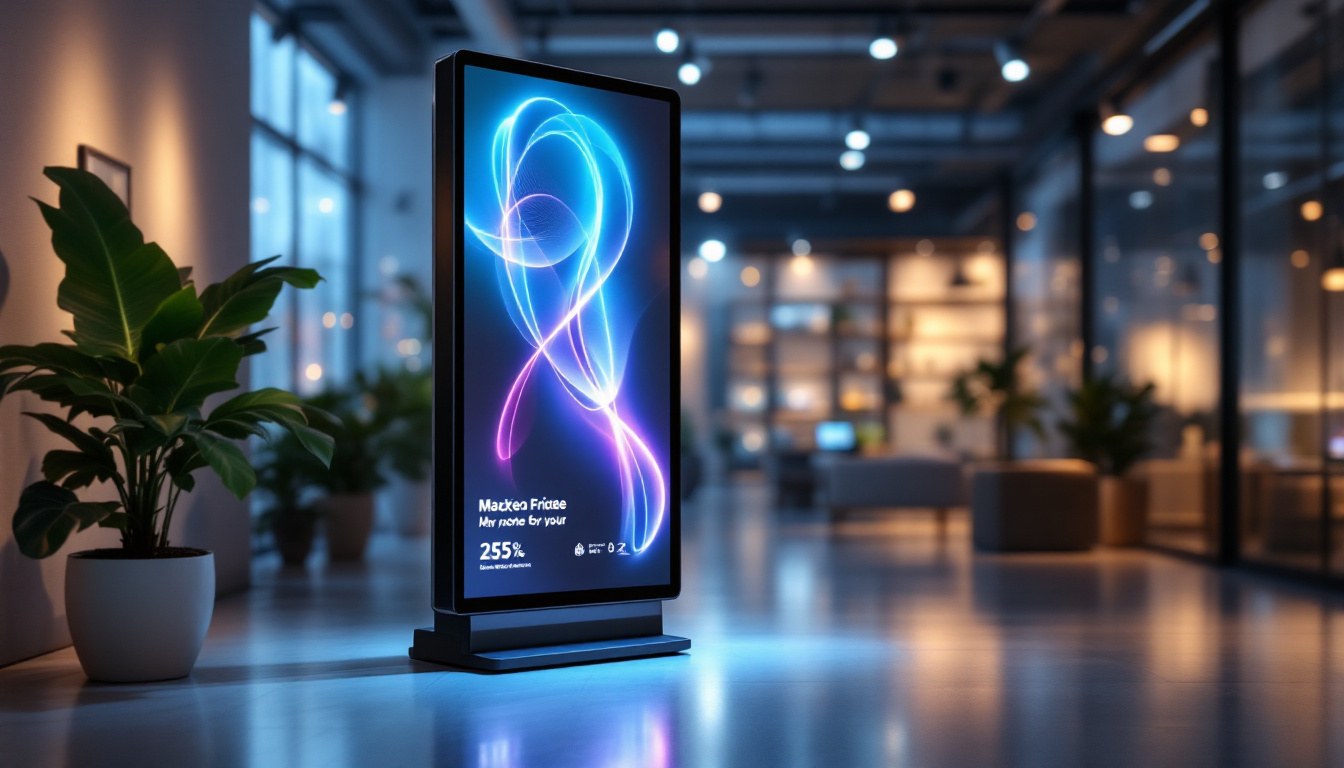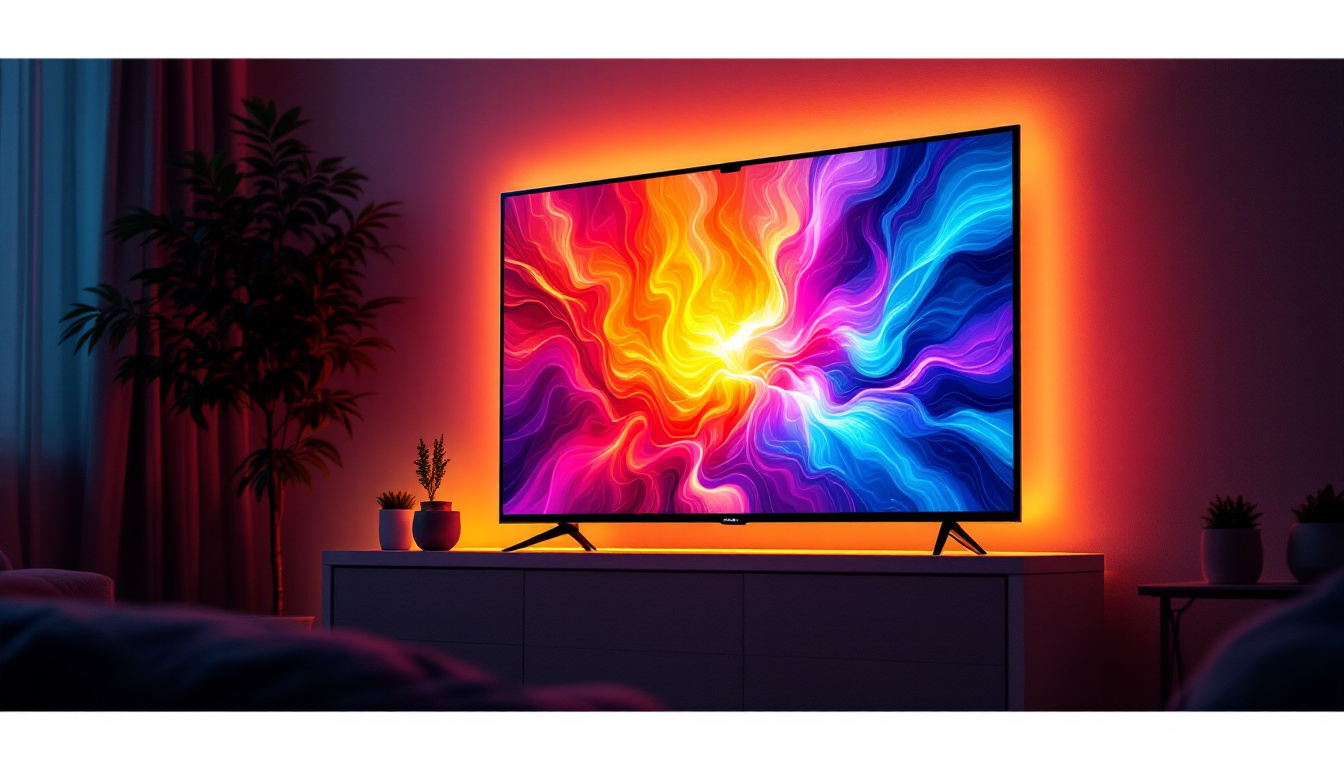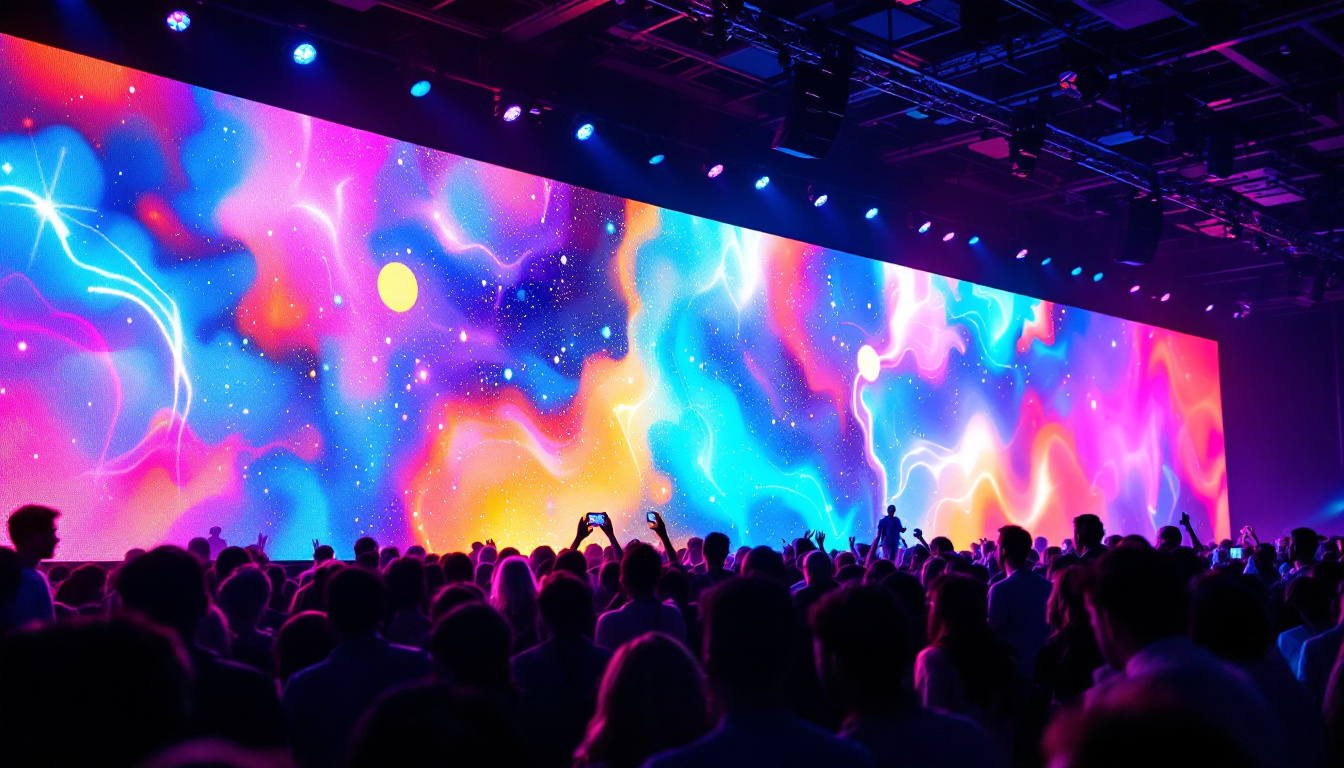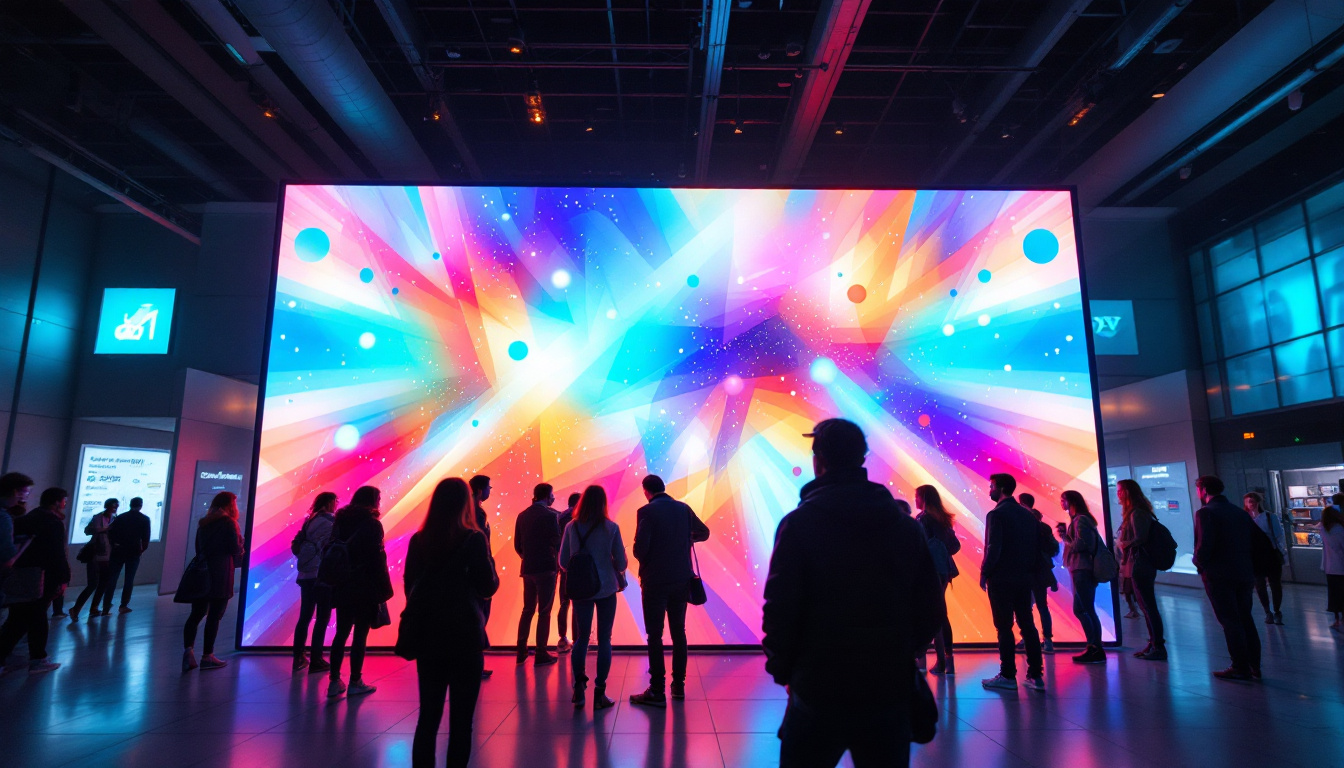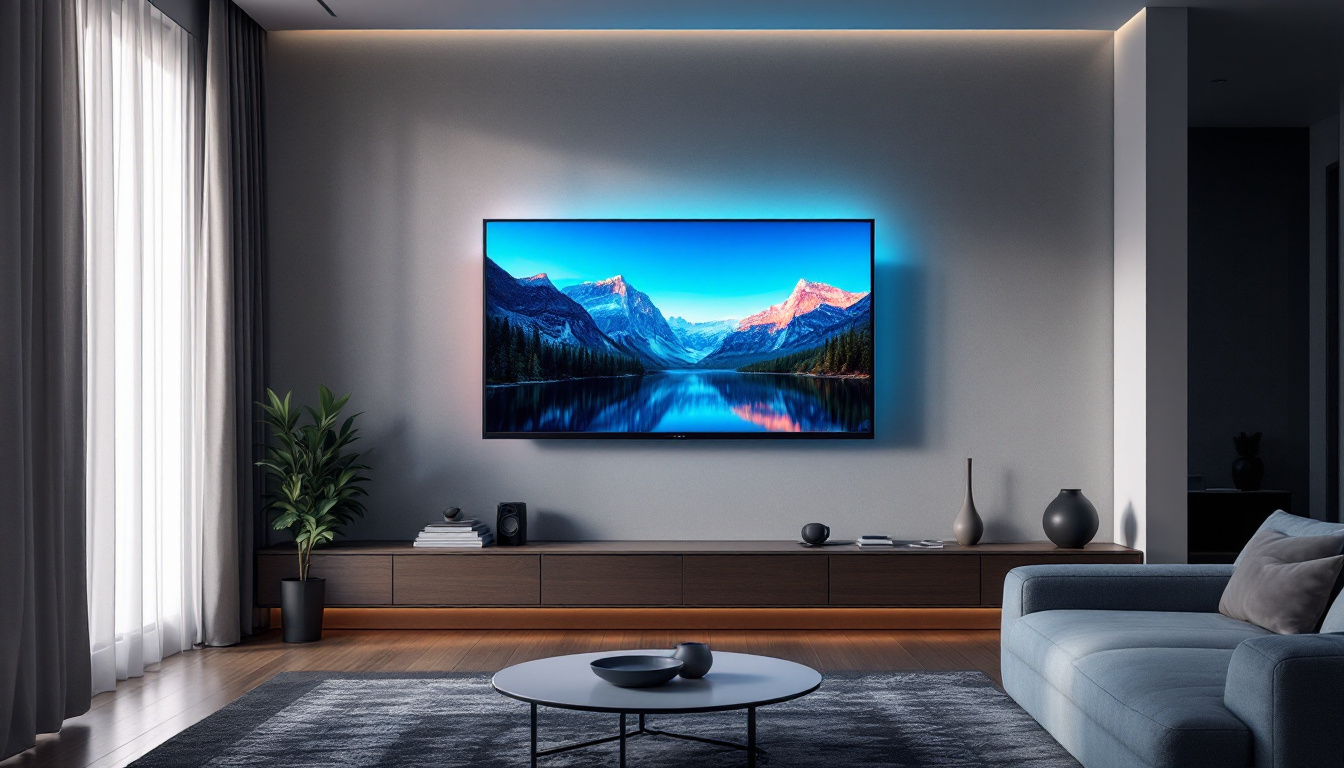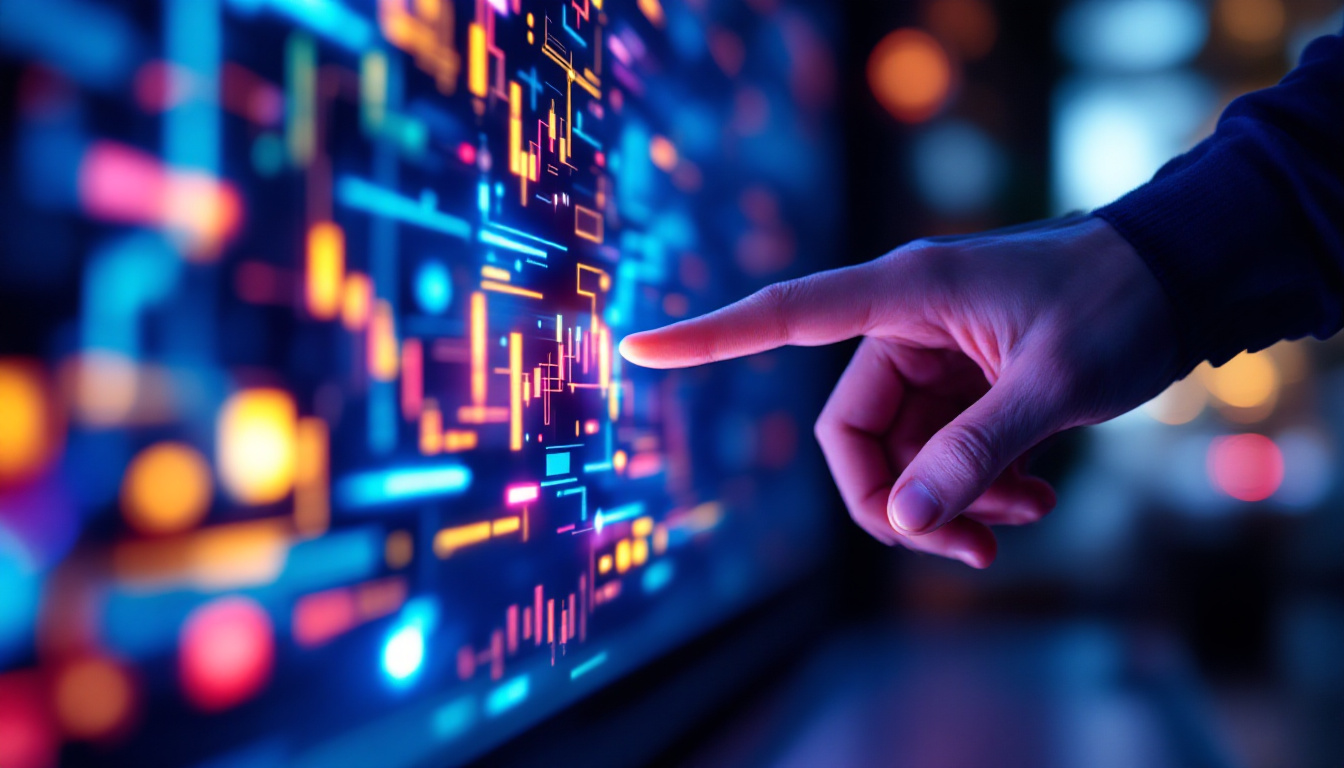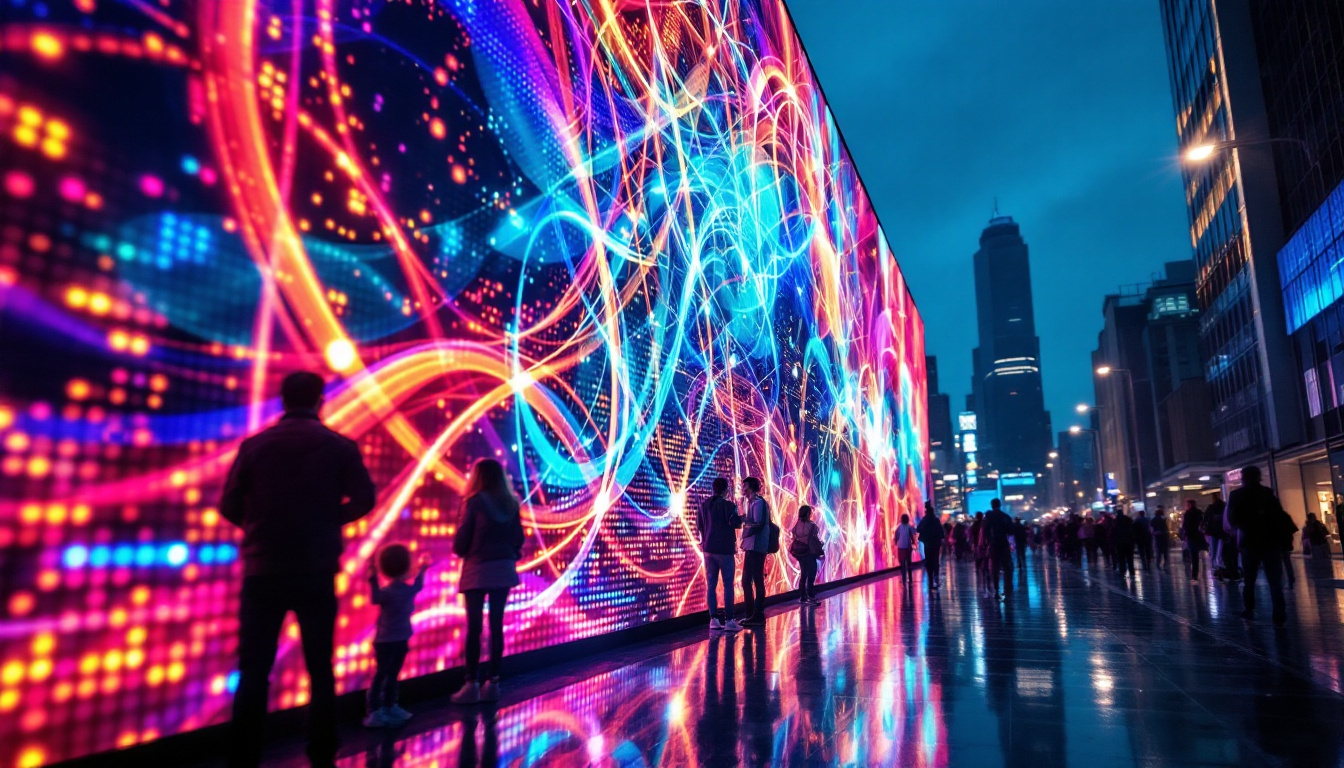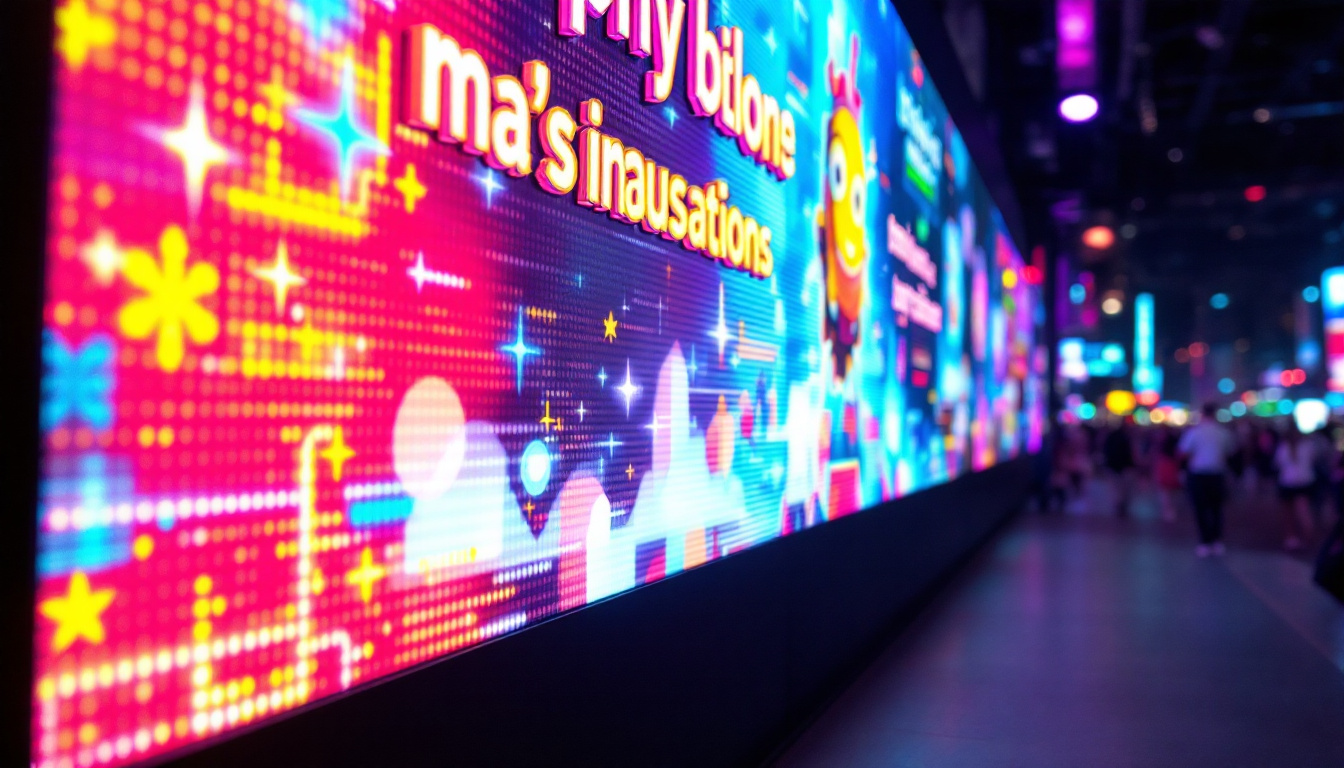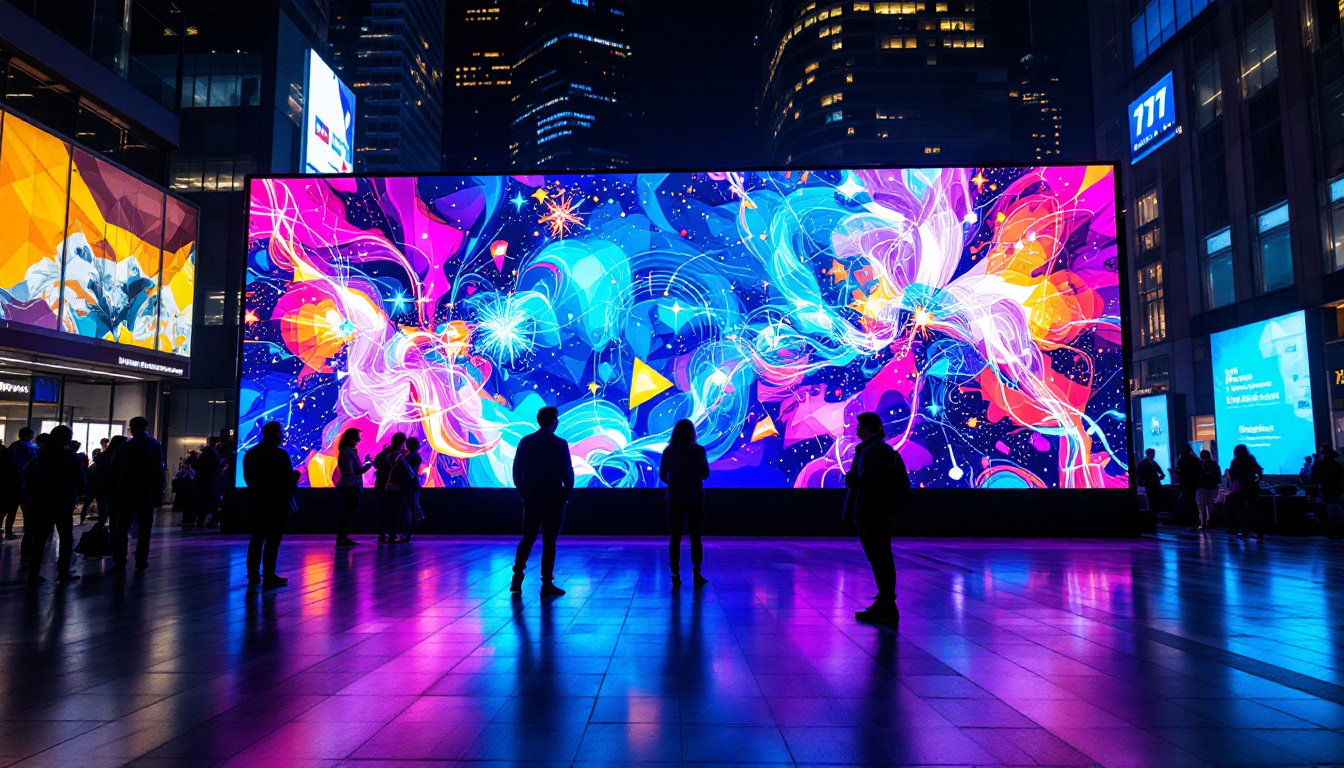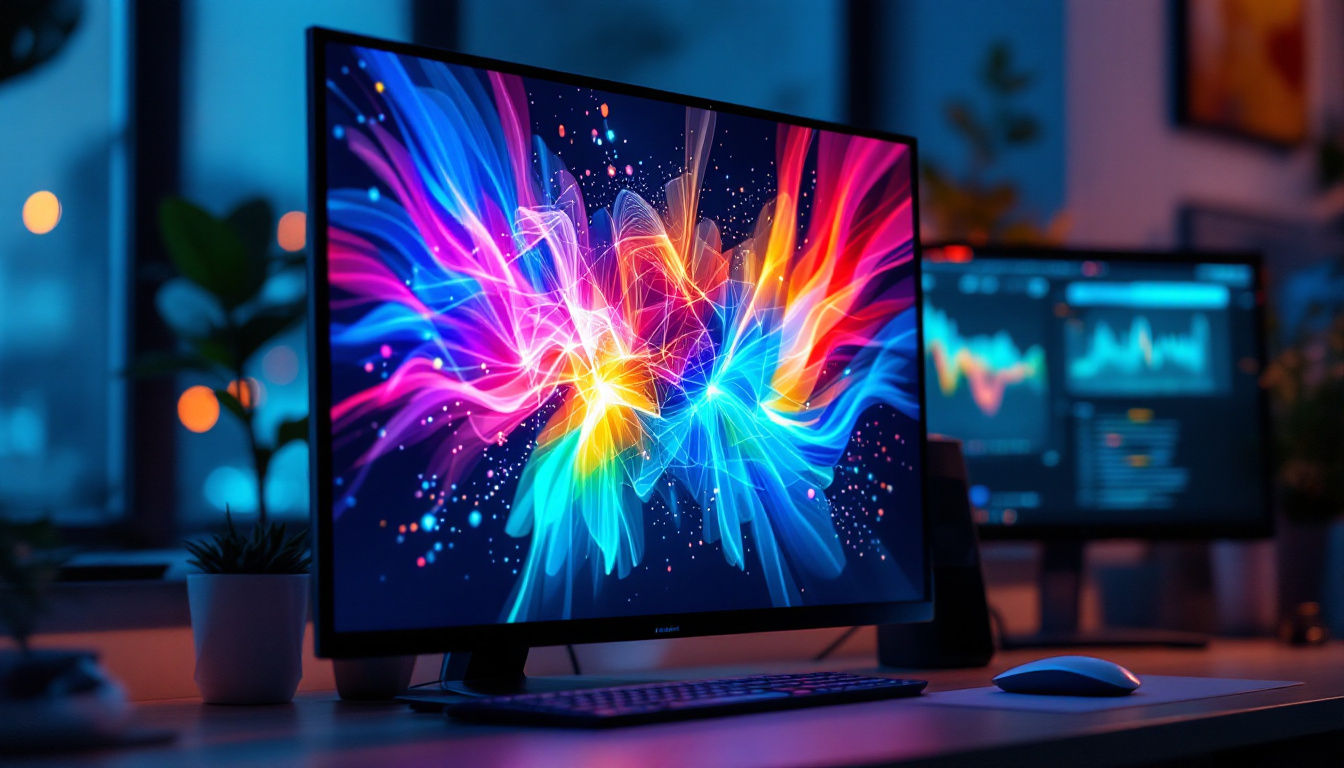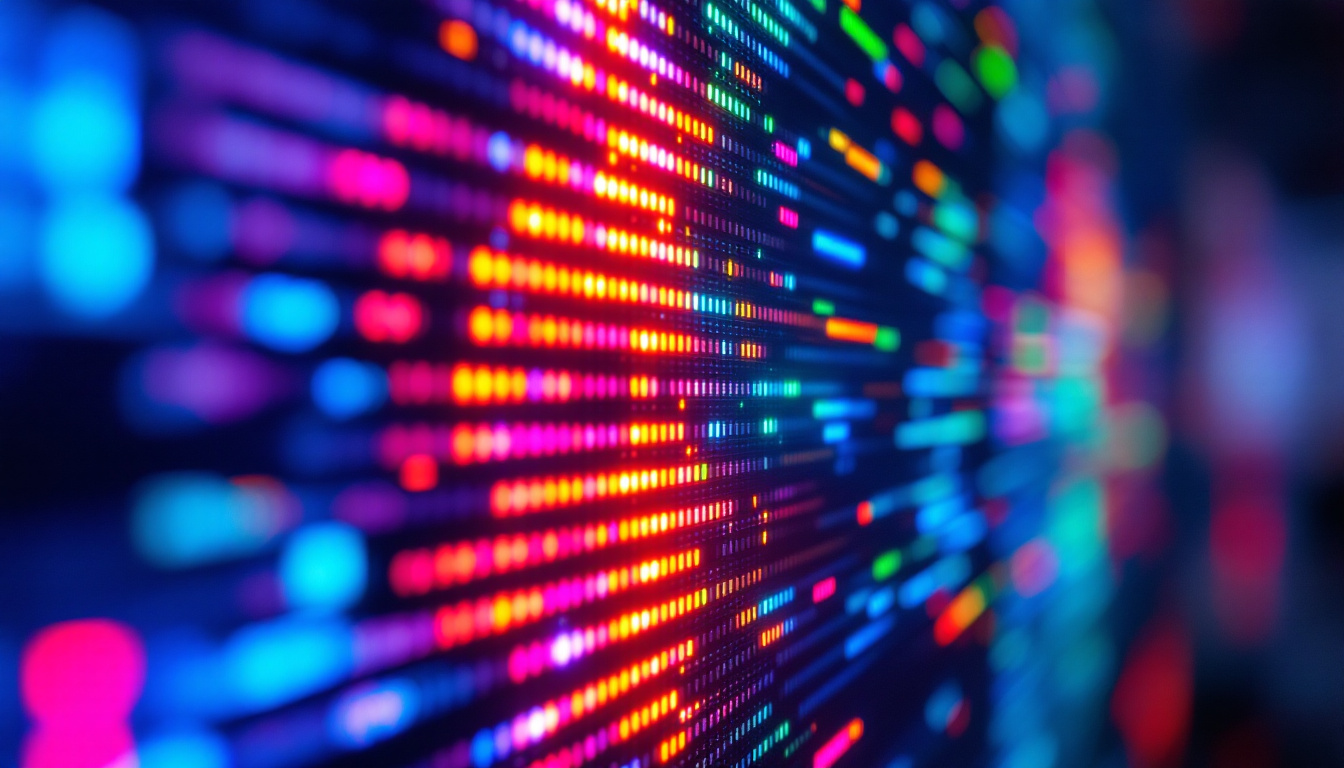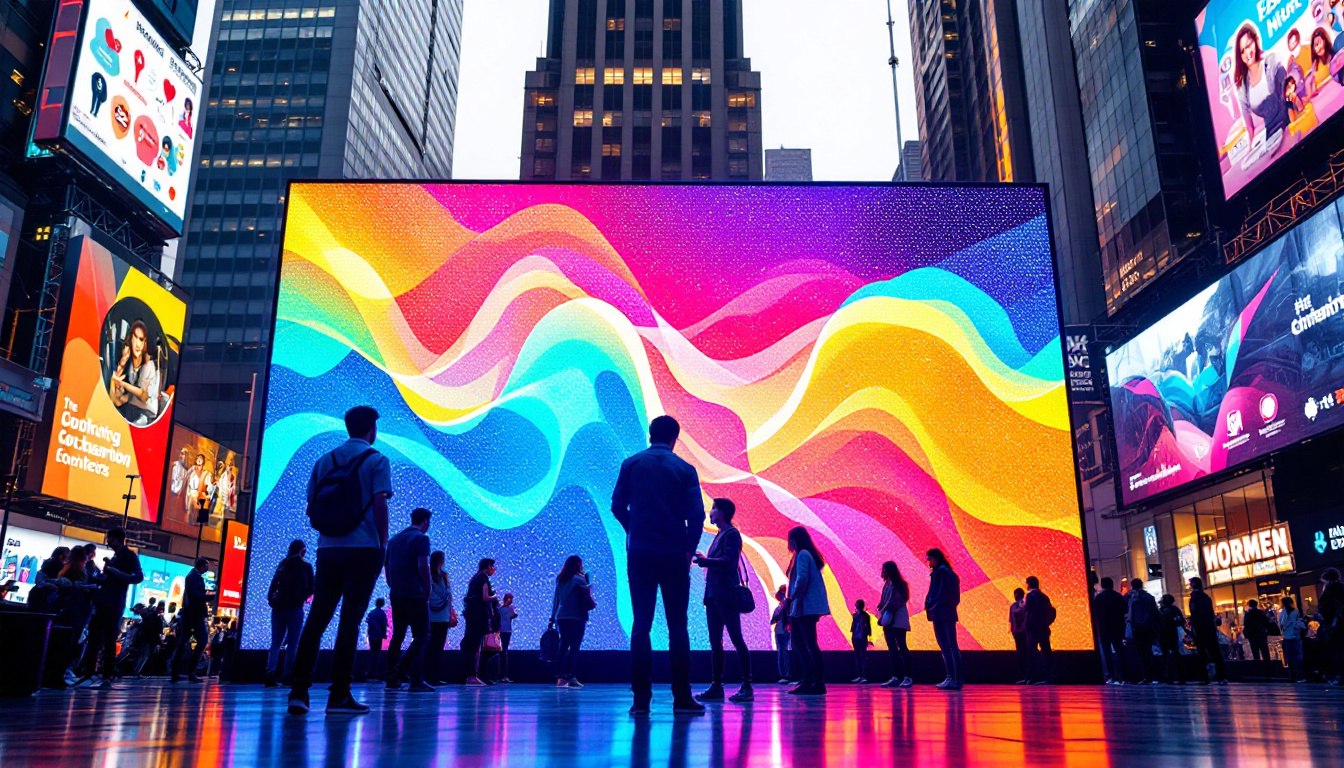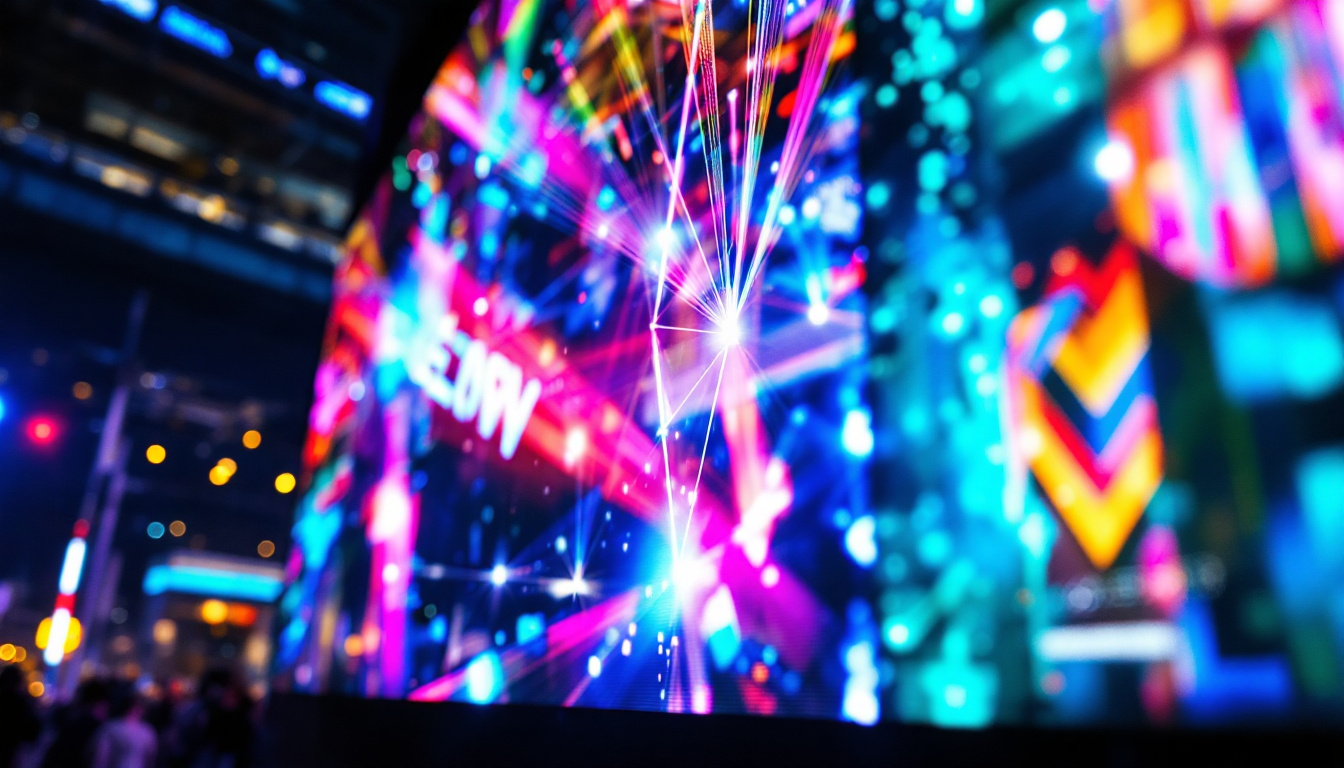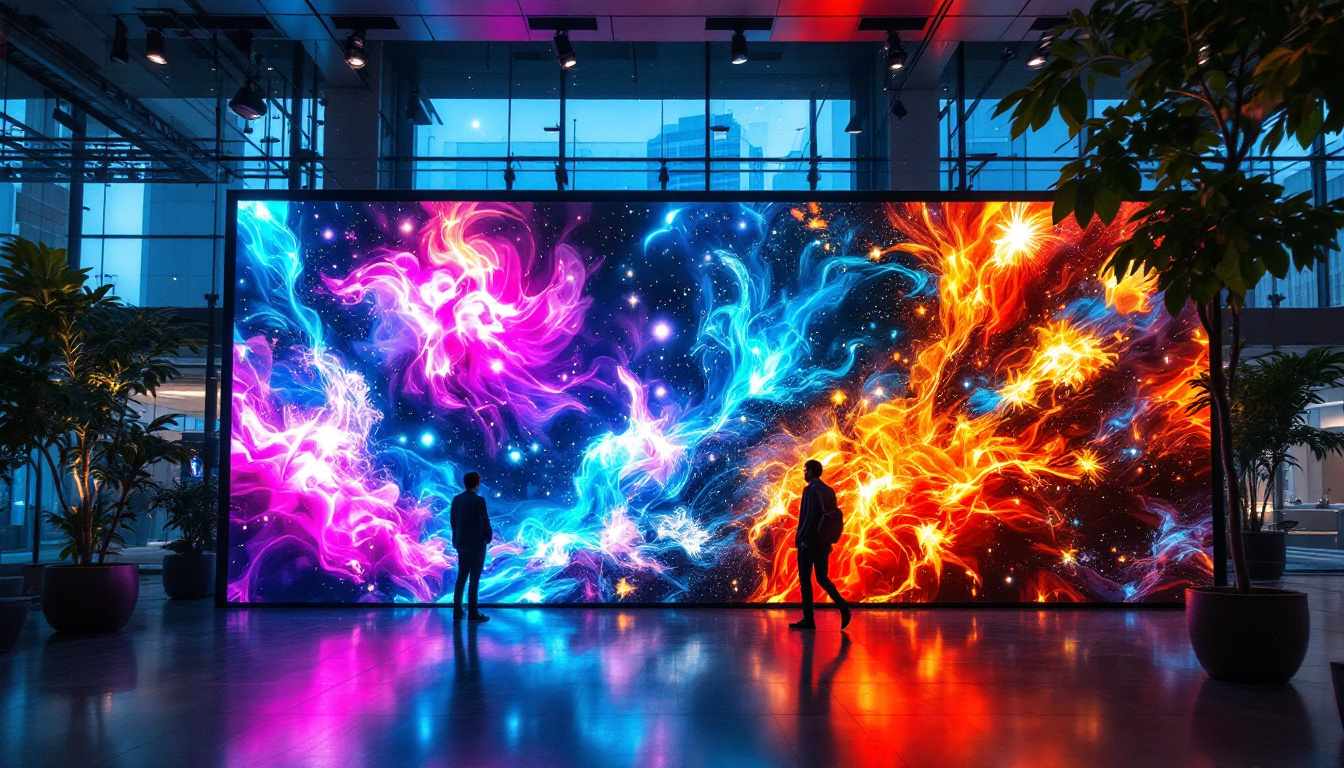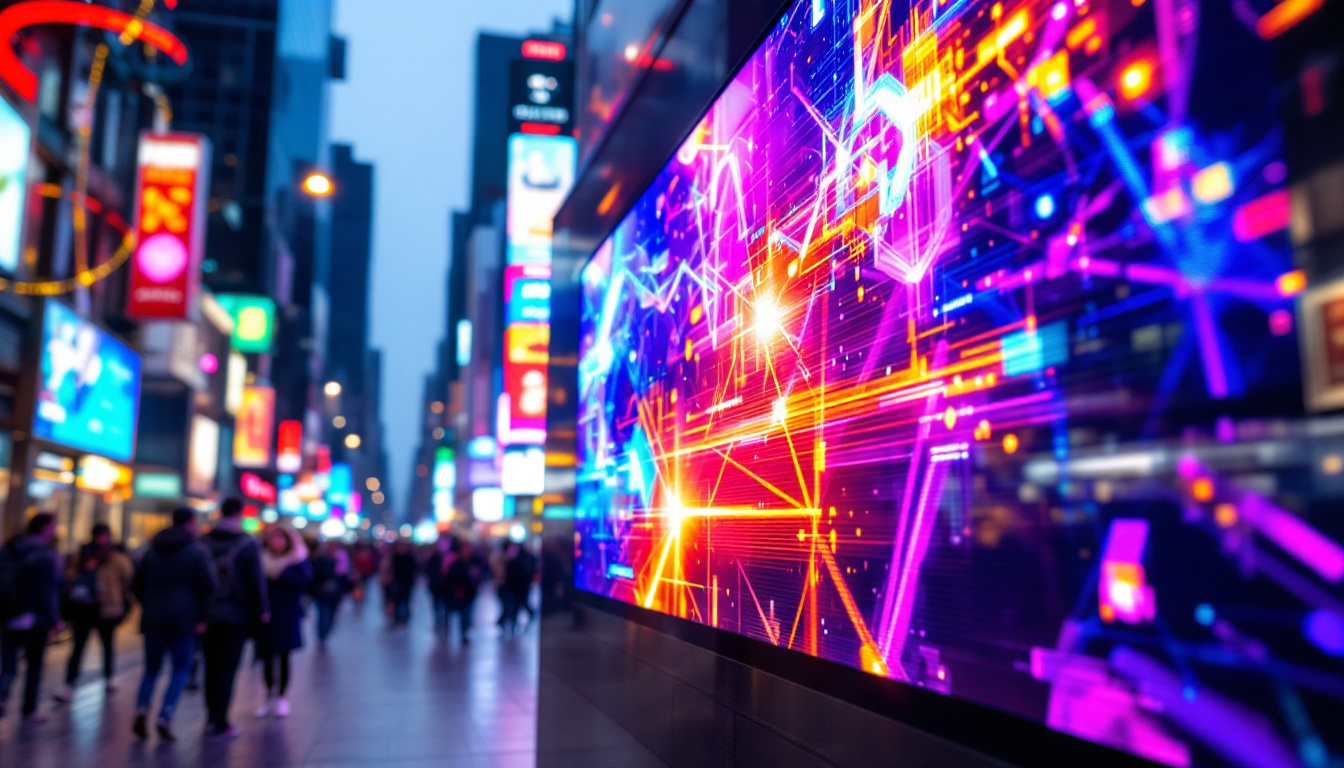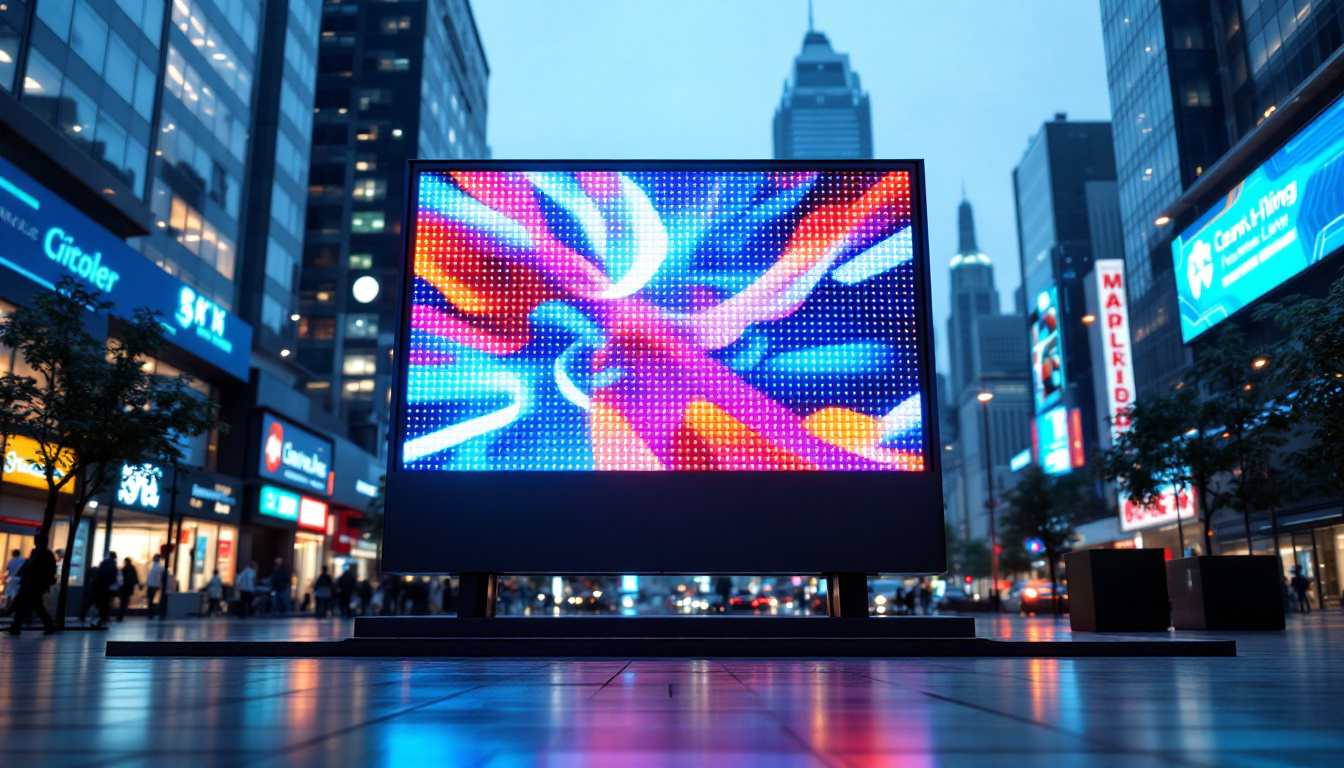In the realm of visual technology, projectors and screens have long been essential tools for delivering dynamic presentations, immersive movie experiences, and engaging educational content. With advancements in technology, LED displays have emerged as a formidable alternative, offering unique advantages and capabilities. This article delves into the intricacies of projectors and screens, with a particular focus on LED display technology, its benefits, and its applications.
The Evolution of Display Technology
Understanding the current landscape of display technology requires a look back at its evolution. From traditional cathode ray tubes (CRTs) to modern LED displays, the journey has been marked by significant innovations that have transformed how images and videos are presented.
From CRTs to LCDs
Initially, CRTs dominated the display market, providing decent image quality but being bulky and energy-inefficient. The introduction of Liquid Crystal Displays (LCDs) marked a turning point, allowing for thinner screens and improved clarity. LCDs became the standard for both televisions and projectors, paving the way for more portable and versatile devices. This shift not only enhanced the aesthetic appeal of consumer electronics but also contributed to a significant reduction in energy consumption, making displays more environmentally friendly. The technology behind LCDs, which involves manipulating liquid crystals to control light, also enabled manufacturers to create larger screens without the accompanying weight and bulk of CRTs, leading to the rise of flat-screen televisions and monitors.
The Rise of DLP Technology
Digital Light Processing (DLP) technology further revolutionized projectors by utilizing micro-mirrors to create images. DLP projectors are known for their sharpness and reliability, making them popular in both commercial and home cinema settings. However, the need for better color accuracy and brightness led to the exploration of LED technology. As DLP projectors evolved, they began to incorporate advanced color wheels and LED light sources, which improved color reproduction and extended the lifespan of the projectors. This innovation not only enhanced the viewing experience but also made DLP projectors a preferred choice for high-stakes presentations and cinematic experiences, where clarity and color fidelity are paramount.
The Advent of OLED and Beyond
As display technology continued to advance, Organic Light Emitting Diode (OLED) displays emerged, offering even greater contrast ratios and color accuracy than their predecessors. Unlike LCDs, which require a backlight, OLED panels emit their own light, allowing for true blacks and vibrant colors. This technology has been particularly transformative in the realm of smartphones and high-end televisions, where consumers seek the best possible visual experience. The flexibility of OLED technology also paved the way for innovative designs, such as curved and foldable screens, further pushing the boundaries of what is possible in display technology. With ongoing research into MicroLED and other emerging technologies, the future of displays promises even more exciting developments that will enhance how we interact with visual content.
Understanding LED Displays
LED displays have gained traction in various applications, from large outdoor billboards to small portable projectors. Their unique characteristics make them suitable for a wide range of environments and uses. The versatility of LED technology has not only transformed advertising but has also enhanced the way we consume media, attend events, and even interact with our surroundings. As technology continues to evolve, the potential applications for LED displays seem limitless, paving the way for innovative designs and functionalities.
How LED Displays Work
LED, or Light Emitting Diode, displays operate by using an array of small diodes that emit light when an electric current passes through them. This technology allows for high brightness levels and vibrant colors, which are essential for engaging visual experiences. Unlike traditional projectors that rely on lamps, LED displays offer a longer lifespan and reduced maintenance costs. Additionally, the energy efficiency of LED technology means that these displays consume less power, making them an environmentally friendly option. The ability to control each diode individually also enables dynamic content creation, allowing for stunning visuals that can adapt to different contexts and audiences.
Types of LED Displays
There are several types of LED displays, each designed for specific applications. Direct View LED displays are commonly used for large-scale installations, such as sports arenas and concert venues. These displays can be seen from great distances, making them ideal for attracting attention in crowded spaces. On the other hand, LED projectors combine the benefits of LED technology with the flexibility of projection, making them ideal for home theaters and portable presentations. Furthermore, there are also LED-backlit LCD displays, which enhance the contrast and color accuracy of traditional LCD screens, providing a middle ground for users who seek improved performance without fully transitioning to LED technology. This variety ensures that there is an LED display solution available for nearly every need, from commercial advertising to personal entertainment. The rapid advancements in LED technology continue to push the boundaries of what is possible, leading to even more innovative display solutions in the future.
Advantages of LED Displays
LED displays come with a plethora of advantages that set them apart from traditional projection systems. These benefits make them increasingly popular in both commercial and residential settings.
Brightness and Color Accuracy
One of the standout features of LED displays is their exceptional brightness. This capability allows them to perform well in various lighting conditions, making them suitable for both indoor and outdoor use. Additionally, LED displays provide superior color accuracy, ensuring that images are vibrant and true to life. This is particularly important for applications such as advertising, where visual appeal is crucial.
Energy Efficiency and Longevity
LED technology is inherently more energy-efficient than traditional lamp-based projectors. This efficiency translates to lower electricity costs and a reduced environmental impact. Furthermore, LED displays have a significantly longer lifespan, often exceeding 25,000 hours of use, which minimizes the need for frequent replacements.
Applications of LED Displays
The versatility of LED displays allows them to be used in a wide array of applications, ranging from entertainment to education and corporate settings.
Home Entertainment
In the realm of home entertainment, LED projectors have become increasingly popular for creating immersive movie-watching experiences. With the ability to project high-definition images onto large screens, they provide a cinema-like atmosphere within the comfort of one’s home. Coupled with surround sound systems, LED projectors can transform any living room into a mini-theater.
Corporate Presentations
In corporate environments, LED displays are invaluable for presentations and meetings. Their high brightness and clarity ensure that content is visible even in brightly lit rooms. Additionally, the portability of LED projectors makes them ideal for traveling professionals who need to deliver impactful presentations on the go.
Advertising and Public Displays
LED displays have become a staple in advertising, with dynamic content capable of capturing the attention of passersby. From digital billboards to interactive kiosks, the adaptability of LED technology allows for innovative marketing strategies that engage consumers effectively. The ability to change content quickly also enables businesses to respond to trends and events in real time.
Challenges and Considerations
While LED displays offer numerous advantages, they are not without their challenges. Understanding these limitations is crucial for making informed decisions when selecting display technology.
Initial Cost
One of the primary drawbacks of LED displays is their initial cost. Compared to traditional projectors, LED technology can be more expensive upfront. However, when considering the long-term savings associated with energy efficiency and longevity, the investment may prove worthwhile.
Viewing Angles and Installation
Another consideration is the viewing angle. While many LED displays offer wide viewing angles, some models may have limitations that affect image quality from certain positions. Additionally, installation can be more complex, particularly for large-scale displays, requiring professional assistance to ensure optimal performance.
Future Trends in LED Display Technology
The future of LED display technology is bright, with ongoing innovations set to enhance performance and expand applications. As technology continues to evolve, several trends are emerging that will shape the landscape of visual displays.
Advancements in Resolution
As consumer demand for higher resolution content grows, manufacturers are focusing on developing LED displays with improved pixel density. This advancement will result in sharper images and enhanced detail, making LED displays even more appealing for applications such as gaming and professional graphics work.
Integration with Smart Technology
Another trend is the integration of LED displays with smart technology. This includes features such as wireless connectivity, allowing users to stream content directly from their devices. Additionally, the incorporation of artificial intelligence can enhance user experience by providing personalized content recommendations and automated adjustments based on ambient lighting conditions.
Choosing the Right Display Technology
When it comes to selecting the right display technology, several factors should be considered to ensure that the chosen solution meets specific needs and requirements.
Assessing Your Needs
Begin by assessing the primary purpose of the display. Whether it’s for home entertainment, corporate presentations, or advertising, understanding the intended use will guide the decision-making process. Consider factors such as required brightness, resolution, and portability.
Budget Considerations
Budget is another critical factor. While LED displays may have a higher initial cost, evaluating the long-term savings associated with energy efficiency and maintenance can help justify the investment. It’s essential to strike a balance between upfront costs and long-term value.
Conclusion
Projectors and screens have long been integral to visual presentations, but the rise of LED display technology has introduced a new era of possibilities. With their brightness, color accuracy, and energy efficiency, LED displays are transforming how images and videos are experienced across various applications. While challenges such as initial cost and installation complexity exist, the benefits often outweigh these drawbacks.
As technology continues to advance, LED displays will likely become even more versatile and accessible, catering to an ever-growing range of needs. Whether for home entertainment, corporate use, or advertising, understanding the nuances of LED technology is essential for making informed decisions in today’s visual landscape.
Discover LumenMatrix’s Innovative LED Solutions
Ready to elevate your visual experience with the latest in LED display technology? LumenMatrix is at the forefront of innovation, offering a diverse range of LED display modules tailored to your unique needs. From Indoor and Outdoor LED Wall Displays to specialized solutions like Vehicle, Sports, and Floor LED Displays, our products are designed to captivate and engage. Embrace the future of visual communication with our Custom, All-in-One, and Transparent LED Displays. Check out LumenMatrix LED Display Solutions today and transform your space into a dynamic visual showcase.

